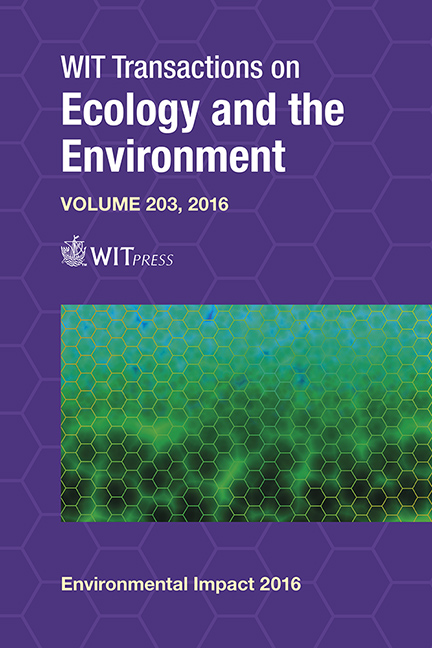Environmental Impacts And The Possibility For Sustainable Development Of Human Excreta
Price
Free (open access)
Transaction
Volume
203
Pages
12
Page Range
49 - 60
Published
2016
Size
350 kb
Paper DOI
10.2495/EID160051
Copyright
WIT Press
Author(s)
A. Zseni, J. Nagy
Abstract
The aim of our study is to explore and compare the environmental impacts and the sustainability of two different human excreta collection and treatment methods. We systematized and compared the environmental impacts of flush toilet based water infrastructure and composting of human excreta. Among the factors examined the energy demand of wastewater treatment, the nitrogen and phosphorus loading caused by purified sewage emission, the loss of nutrients of human excreta, the quantity of fertilizer used for increase soil productivity are highlighted and presented by Hungarian data. According to our approximate calculations, the excreta which are produced by humans in Hungary contain about 35–70 thousand tons of nitrogen, 4–13 thousand tons of phosphorus, 6–16 thousand tons of potassium annually. In spite of this human excreta are considered as waste which must be clear away as fast as possible by water. Meanwhile increasing amount of chemical fertilizers are used – but soil nutrient supply based on chemical fertilization cannot be sustainable in the long term. The solution would be the utilization of composted excreta in the agriculture.
Keywords
flush toilet, wastewater treatment, human excreta, composting of human excreta, environmental effects





